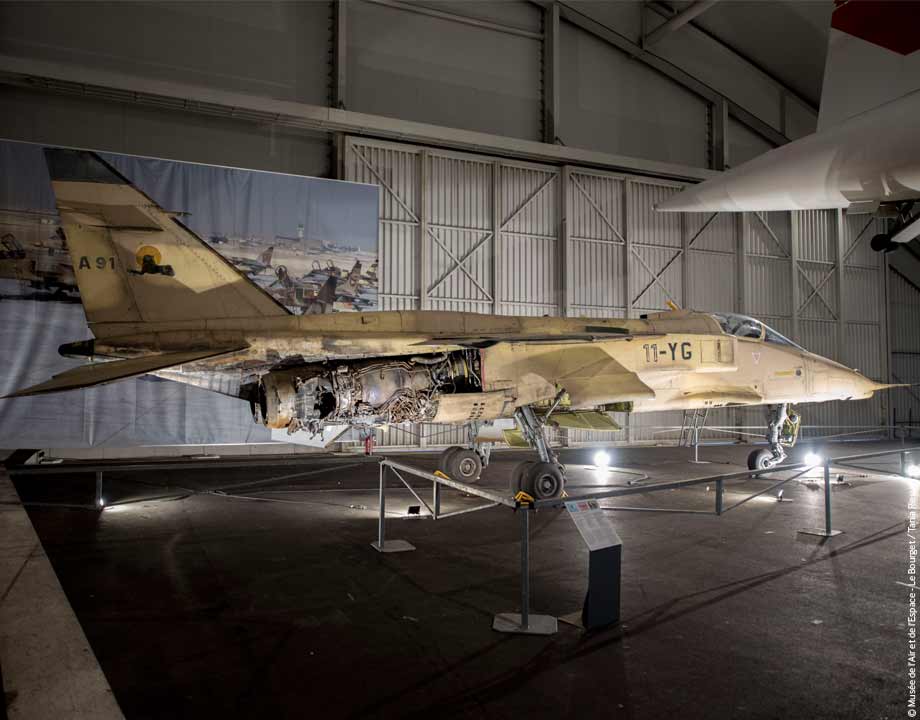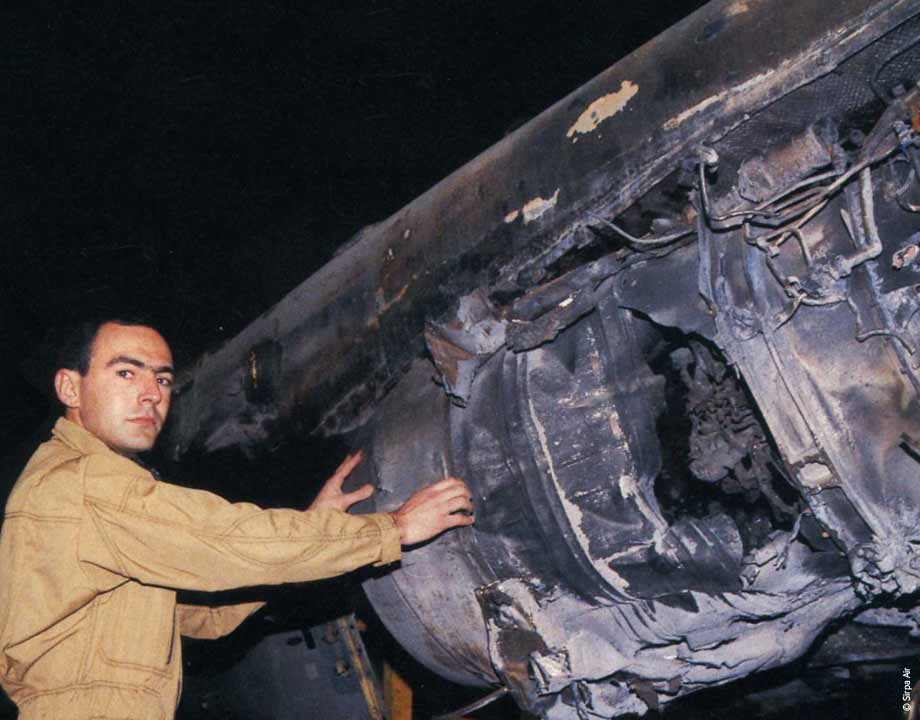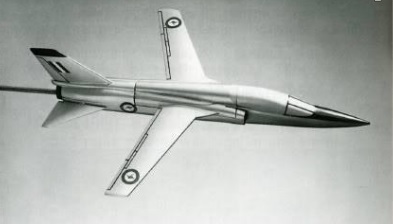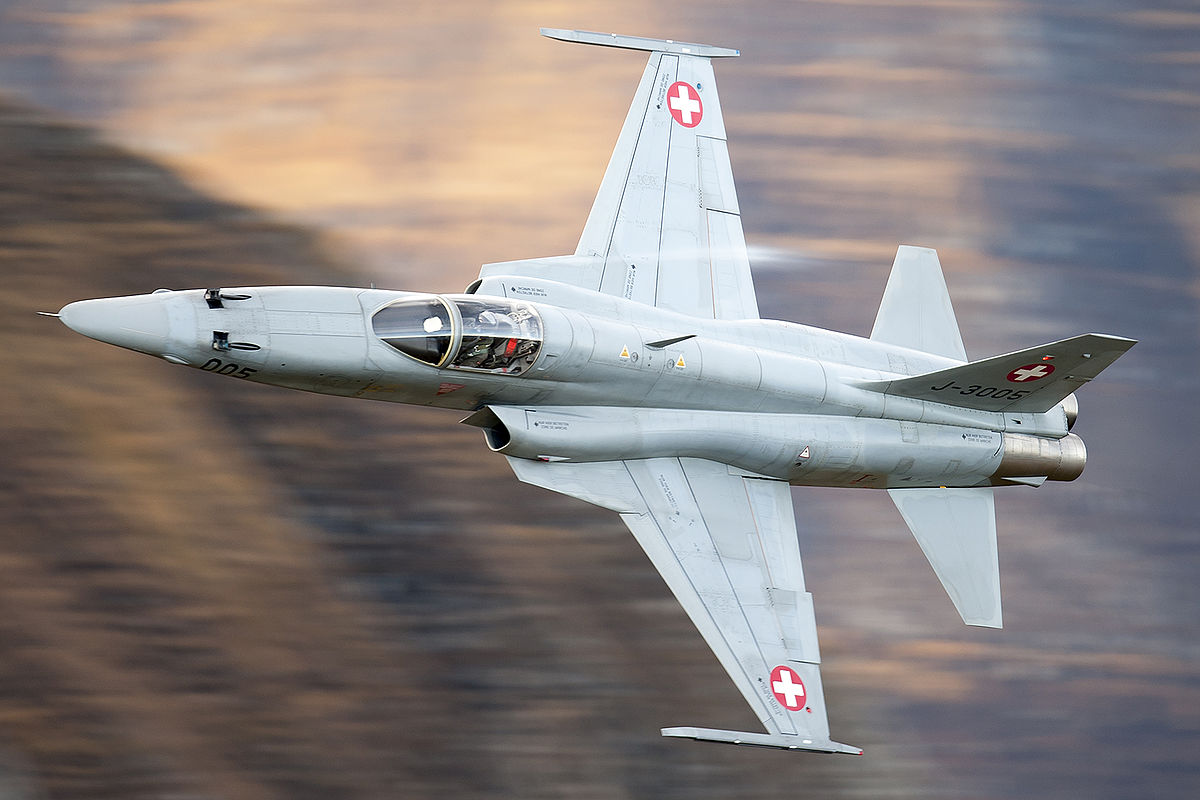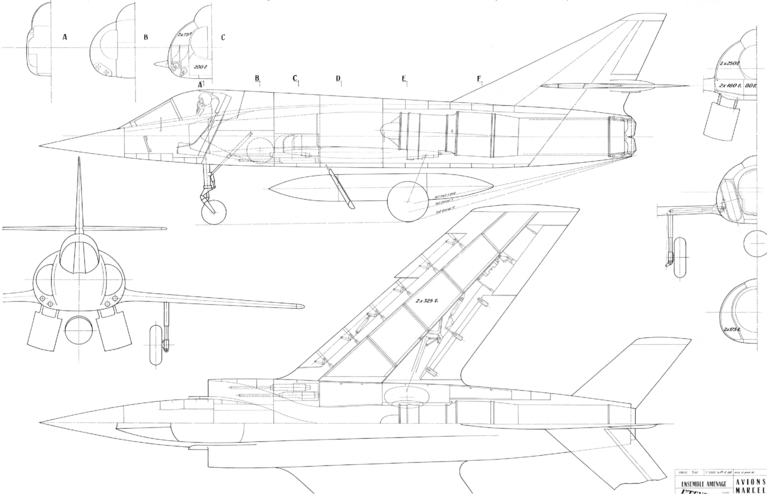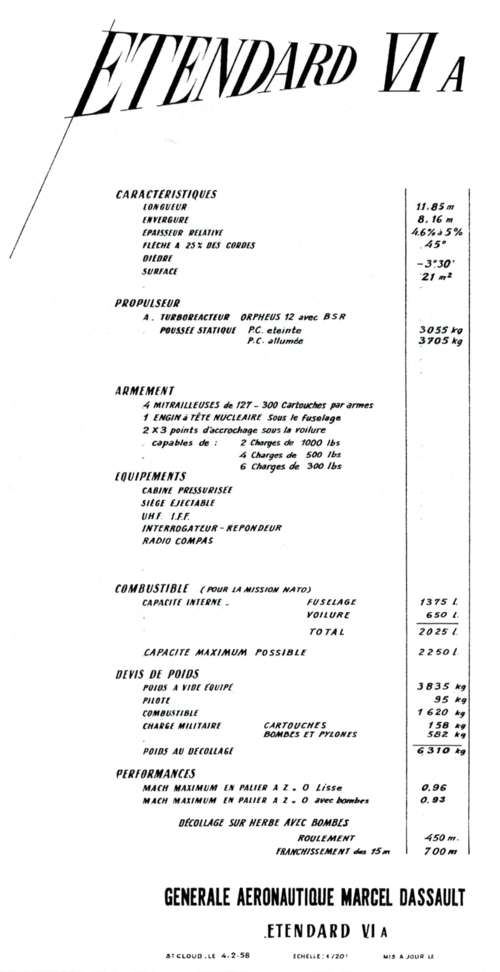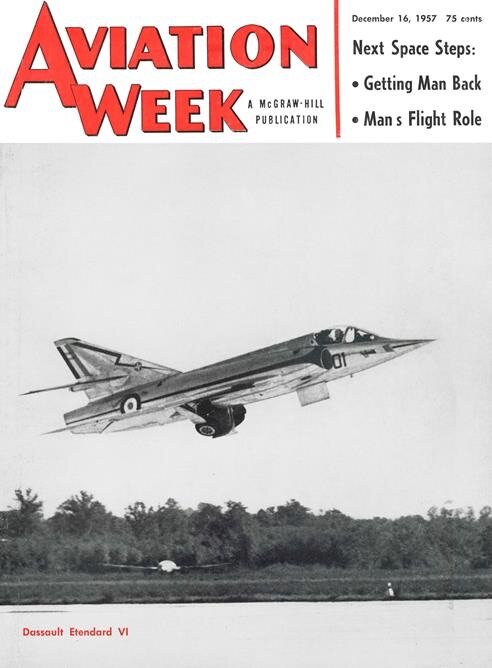Random thoughts related to Adour and M45
- M45 = RB.172, and Adour was a scaled-down RB.172
- M45 was SNECMA but Adour was Turboméca
- one of the few cases where Turboméca, specialized in helicopter turbines and turboprop derivatives, tried to compete with SNECMA on combat jet engines (other was the failed Gabizo a decade before, for NATO 1957 LWF)
- M45 lacked power for AFVG (VG wing are heavy, too)
- Adour Mk.102 lacked thrust for Jaguars
It's a pity a twin-Adour or a twin-M45 NOT Jaguar, NOT AFVG could not be designed. Something akin to a F-5A or F-5E: not strike like Jaguar, no VG like AFVG. A fixed wing LWF, kind of.
Both Adour and M45 were much more powerful than J85... and there, we are entering P-530 / F-17 / Hornet territory.
Sometimes I wonder whether Turboméca, building from their rather successful Adour expérience, should have taken M45 after SNECMA dumped it in 1968.
HS.1173, is that thou ? huge missed opportunity there. Imagine if it had been done instead of both Jaguar and AFVG...
Projet d’avion monoréacteur d’entrainement avancé et d’attaque au sol britannique des années 1960.

aviationsmilitaires.net
Jaguar and Adour: French vs British opposite point of view.
The British added sophisticated avionics to their Jaguars, making them heavier.
I suppose this was related to the TSR-2 / F-111K disasters, with Buccanners as interim types before Tornados... the Jaguar filled the "interim / supersonic" gap (MRI) and as such as to grow more avionics and more powerful engines.
and so Adour had to follow: mk.104, then mk.106
Overall, the Adour / Jaguar couple ended as pretty powerful.
The French: Jaguar stuck with antiquated avionics until the very end in 2007. Also never got Adour upgrades: stuck with the 102s even in Africa harsh environment (hot and dry).

